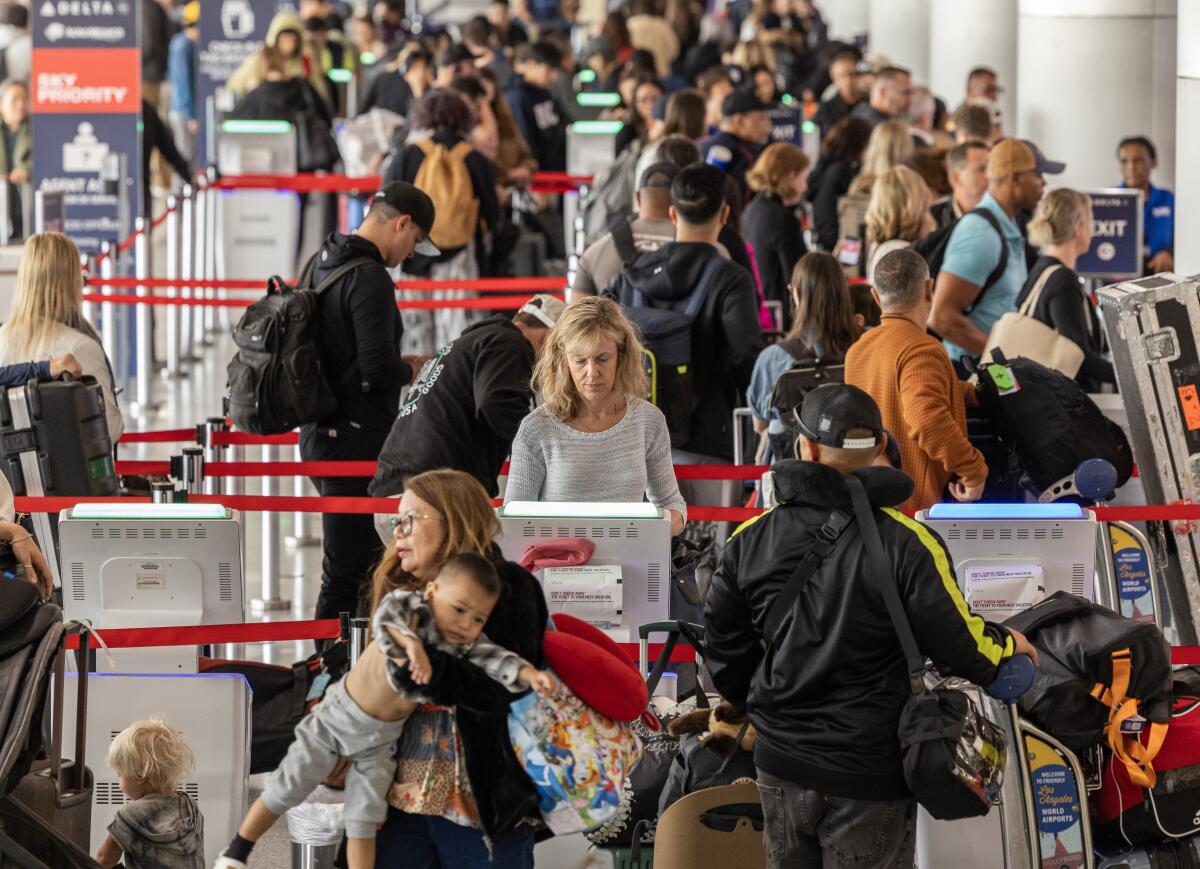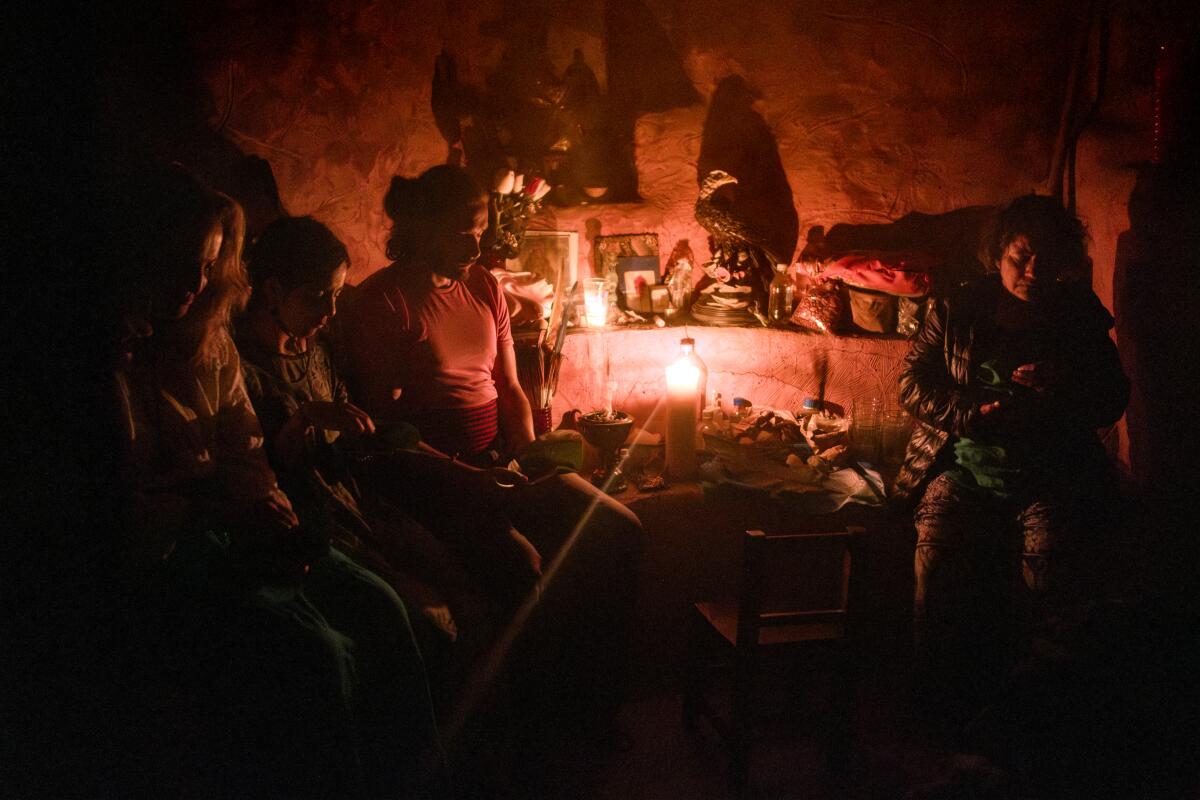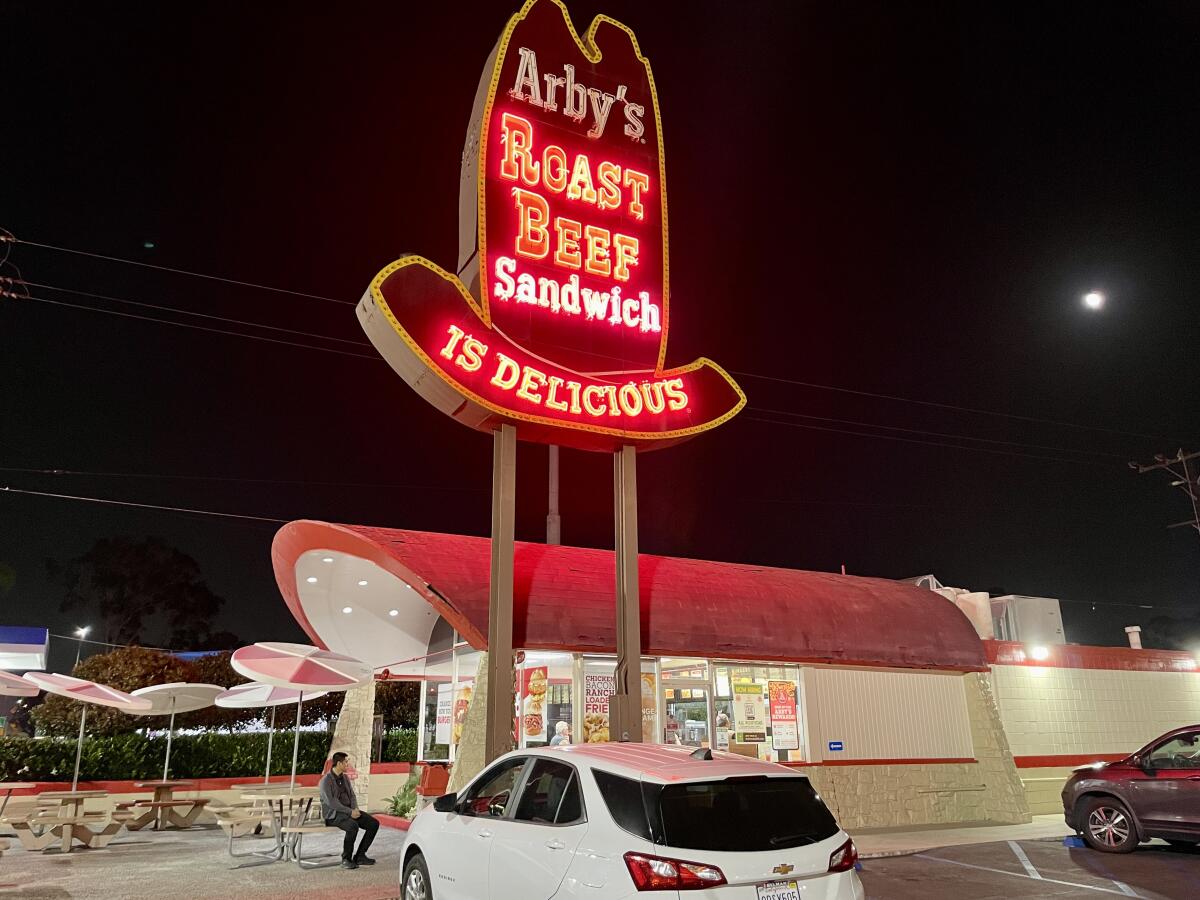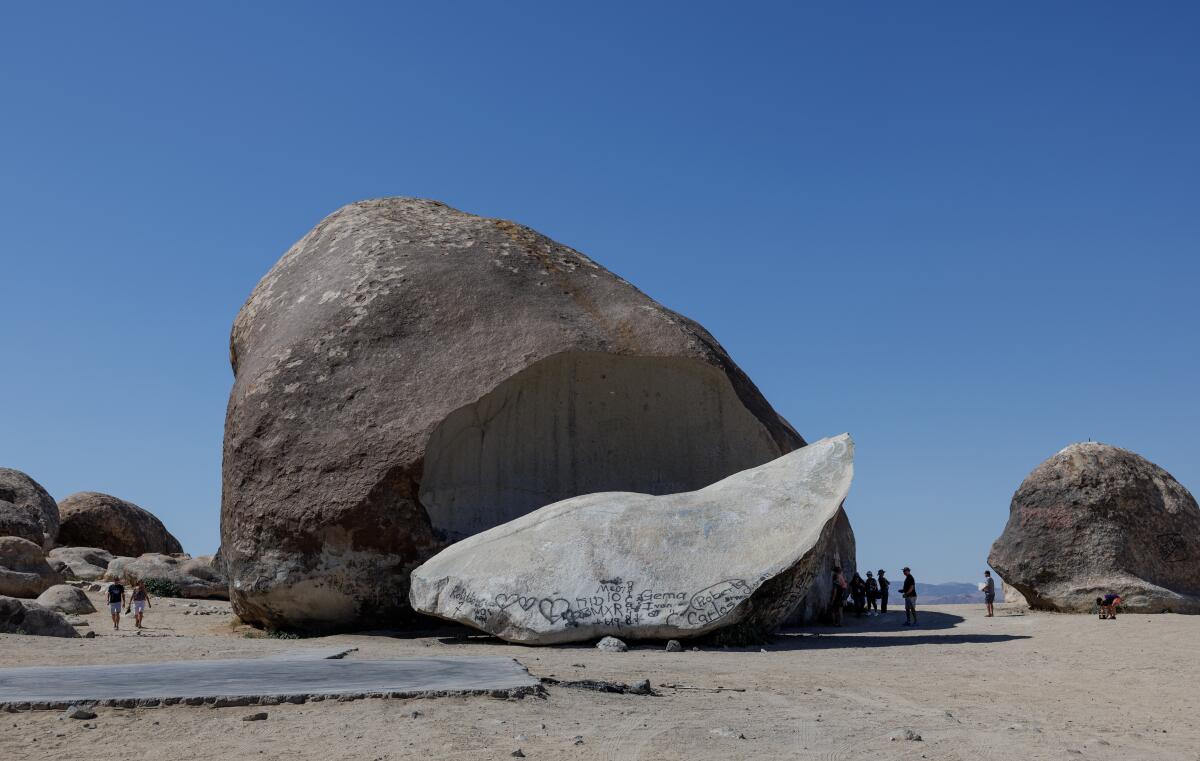COVID is bouncing back this summer. Here’s what to know

Good morning. It’s Tuesday, June 25. Here’s what you need to know to start your day.
- COVID bump intensifies in California
- Protest violence outside L.A. synagogue spurs widespread condemnation. Bass vows quick action.
- Ten sunscreen myths you can’t afford to fall for.
- And here’s today’s e-newspaper
You're reading the Essential California newsletter
Our reporters guide you through our biggest news, features and recommendations every morning
You may occasionally receive promotional content from the Los Angeles Times.
Summer COVID spike in California is fueled by FLiRT variants
Summer just started, but California’s not-too-surprising seasonal COVID bump is already going strong, driven by the more transmissible FLiRT variants.
KP.2, KP.3 and KP.1.1 — given the acronym FLiRT based on the amino acid changes that led to the strains’ mutations — account for an estimated 63% of infections, according to the U.S. Centers for Disease Control and Prevention. That’s up from about 20% in late April.
Coronavirus levels found in California’s wastewater have risen sharply since early May and stand notably higher than the rest of the U.S. The average number of cases reported in Los Angeles County shot to 154 per day for the most recent seven-day reporting period, up about 27% from the previous week. But those figures are an undercount since they don’t include at-home tests (or the people who catch COVID but don’t test at all).
“Taken together, the data point to a coronavirus resurgence in the Golden State,” The Times’ Rong-Gong Lin II reported this week. “One that, while not wholly unexpected given the trends seen in previous pandemic-era summers, has arrived earlier and is being driven by even more transmissible strains than those previously seen.”
More people in L.A. County hospitals are testing positive for COVID, though deaths are keeping stable at fewer than one per a day, on average.
California is one of 15 states with high or very high coronavirus levels in sewage, according to the CDC. Just four days into summer, state levels are already nearing last summer’s peak.
Health officials say it won’t be a shock to see more COVID cases this summer, as seen in previous summers. More traveling, more gatherings on weekends and holidays and more congregating inside to escape the heat increase the chance of catching the increasingly infectious virus.
So how much worse could it get? That’s still TBD, Lin noted.
“Doctors have said that by the Fourth of July, we may have a better feel for how the rest of the season will play out,” he wrote.
As for fall vaccines, the mRNA-based versions produced by Pfizer and Moderna should be designed against the KP.2 variant, though Novavax’s protein-based vaccine will target its parent, JN.1.
Because the FLiRT subvariants are more easily transmitted, doctors advise those at higher risk for severe COVID-19 infections to take precautions. Those include:
- Staying up to date on COVID vaccinations
- Avoiding sick people, some of whom might not know if they have COVID or a cold
- Masking up in crowded settings
- Taking Paxlovid (which for many should be easier to get now) if infected
The strongest risk factor for severe COVID-19 continues to be age, according to the CDC. People with certain underlying medical conditions — including asthma, cancer, diabetes and serious heart conditions — are also at heightened risk.
Today’s top stories

Crime and courts
- Protest violence outside L.A. synagogue spurs widespread condemnation. Bass vows quick action.
- Officials talk of restricting masks at protests after violence outside L.A. synagogue.
- The Supreme Court will decide if states may prohibit hormones for transgender teens.
- Major record labels sue AI companies for allegedly stealing copyrighted music.
- Julie Chrisley to be resentenced in bank fraud and tax evasion case, an appeals court decides.
More big stories
- A man survives 10 days in Northern California wilderness with no food.
- Tamayo Perry, surfer in ‘Blue Crush’ and ‘Hawaii Five-0,’ dies after apparent shark attack.
- Sika Dwimfo, the ‘Godfather of Leimert Park,’ dies at 83.
- Ten sunscreen myths you can’t afford to fall for.
- Disney-themed Snow White Café closes in Hollywood after nearly 80 years.
- A couple was found dead in water outside Yosemite: ‘James died a hero trying to save his girlfriend.’
- Princess Anne has been hospitalized after suffering a concussion in an ‘incident’ at Bristol estate.
- California voters want term limits for D.A.s and sheriffs, a Berkeley poll finds.
- Smart & Final workers strike amid accusations of retaliation.
- Nation’s largest freshwater fish could be added to California’s threatened species list.
Get unlimited access to the Los Angeles Times. Subscribe here.
Commentary and opinions
- LZ Granderson: Overcoming America’s past is everyone’s responsibility.
- Editorial: The Supreme Court should not take up Louisiana’s provocative Ten Commandments law.
- Anita Chabria: Dear Mr. President: Please don’t mess this up.
- Dylan Hernández: Lakers’ hiring of JJ Redick as coach is really out of the box.
- Michael Hiltzik: This huge insurer got caught breaking a law protecting contraceptive access, but its fine is a joke.
- Gustavo Arellano: Is Kevin de León’s push to honor Black L.A. history heartfelt, or cynical?
- Opinion: Biden and Trump will talk big at the debate, but how much could either really do?
Today’s great reads

Mexico may legalize magic mushrooms. Will this traditional medicine lose its meaning? Mexico may legalize the use of magic mushrooms — providing there is an Rx or an Indigenous healer. Will the traditional medicine lose its meaning as its use is expanded?
Other great reads
- How UCLA thrived in basketball free agency after its ‘NIL grew exponentially.’
- Being in L.A. can make you environmentally anxious. Patty Chang decided ‘to do something about it.’
- Can this trendy ingredient in Erewhon’s drink aisle really boost your mood or help your anxiety?
- Plastic surgery, therapy, a pageant: In 2004, ‘The Swan’ predicted reality TV’s future.
How can we make this newsletter more useful? Send comments to essentialcalifornia@latimes.com.
For your downtime

Going out
- 🥪 Desperately seeking Arby’s. With the Hollywood location closed, The Times’ Jenn Harris set out to find her first beef ‘n’ cheddar.
- 🚗 The new Hollywood Bowl rideshare lot is a total game changer. Here’s how it works.
Staying in
- 📺 ‘Orphan Black: Echoes’ mirrors a television industry desperate to reclaim its glory days.
- 🧑🍳 Here’s a recipe for cucumber-lime agua fresca.
- ✏️ Get our free daily crossword puzzle, sudoku, word search and arcade games.
And finally ... a great photo
Show us your favorite place in California! We’re running low on submissions. Send us photos that scream California and we may feature them in an edition of Essential California.

Today’s great photo is from Times photographer Gina Ferazzi from a seven-story boulder on federal land that has become a tinderbox of tensions over who gets to enjoy this patch of Mojave Desert, which has rapidly gentrified since the COVID-19 pandemic.
Have a great day, from the Essential California team
Ryan Fonseca, reporter
Kevinisha Walker, multiplatform editor and Saturday reporter
Christian Orozco, assistant editor
Stephanie Chavez, deputy metro editor
Karim Doumar, head of newsletters
Check our top stories, topics and the latest articles on latimes.com.
Sign up for Essential California
The most important California stories and recommendations in your inbox every morning.
You may occasionally receive promotional content from the Los Angeles Times.




